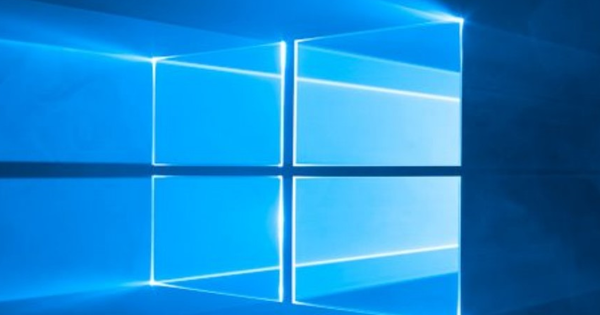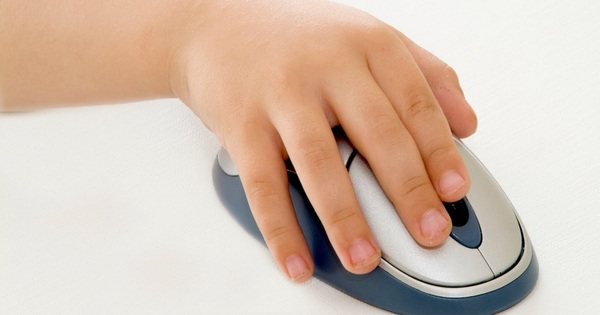Windows has a lot of hidden programs that give you even more control over your computer. For example, to check the quality of the memory, monitor the performance of the computer and perform health checks. Which one should you not miss? You can optimize Windows 10 with these tools already present in Windows.
Windows Memory Check
Problems with your computer's internal memory can be persistent and, above all, unpredictable. Unfortunately, a memory issue can also be caused by faulty hardware but it's worth checking for known software issues first. This is possible with the hidden program Windows Memory Checker. Open the Start menu and type Memory Check. Choose Windows Memory Check.
There are two options: Restart now and troubleshoot (recommended) and Search for problems when I restart my computer. We choose the first option. Windows 10 will shut down and the computer will restart. If the program has found a cause of the problem, it will notify you.
Resource Check
Curious about what happens on the computer and how the available resources of the system are distributed among programs and processes? With Source Control you have a good view of this. You can think of the program as Task Manager's big brother, which you will read about later. In the Start menu, type Resource Check. The program consists of four tabs. On the first tab – Overview – see at a glance how the processor, disk and network and memory are being used. The column on the right also shows the performance in handy graphs. Click on a tab – for example Processor – to show the details for that item.
The function with which you can force end a process is useful. For example, if you see that a process is taking up a disproportionate amount of system resource, such as memory, and you do not know how to end this process by closing the associated program, then right-click it and choose End Process.


Performance Monitor
Are you a more advanced user and do you need insight into computer performance? Performance Monitor lets you take a closer look at different areas. In the left part of the window you will find the section Control Tools. Expand this section and choose performance meter. Now it's time to add items you want to check to the chart. Click the button with the plus sign.
On the left you will find the available items, such as processor, physical disk and network. In the window with the graph you will also find the button Change chart type. Click to switch between the different views. You can also create an image of a specific chart, for example if you want to review it later: right click on the chart and choose Save Image As.
Reliability Check
No more guessing about the health and stability of your computer: with the help of Reliability Check you can see at a glance how the computer is behaving. In the Start menu, type Reliability, after which you click View reliability history. A window will open with a graph detailing how your computer is performing in the areas of Application errors, Windows errors and Other errors. An error is shown as a red circle with a cross, a warning as a yellow traffic sign with an exclamation mark and an information message as a blue circle with the letter I.
The graph also contains information about the times when a warning or general message is displayed. At the bottom of the graph you can see the different days. Click on a day to see the corresponding notifications. These are shown in the lower part of the window.

For more information about the notification, right-click on it and choose View technical details. You can save the details and refer to them later by clicking Copy to clipboard. To see more details over a longer period, choose at To displayon in front of To soften.
If you want to compare a report with another report later in time, you can save it. Choose Save reliability history. Enter a suitable name and the location where you want to save the report. The file is saved as an XML report, which you can view in the browser, among other things.
Fast at all settings
While the classic Control Panel becomes less important with each version of Windows because the settings mainly move to the new settings window, the settings via the classic settings window still come in handy. With a clever trick you can summon them all at once.
Right click on the desktop and choose New, Map. Name the folder like this: Settings.{ED7BA470-8E54-465E-825C-99712043E01C}. Press Enter. The 'folder' is created, but is actually a shortcut with which you conjure up all the settings options of the Control Panel in one go. Give the shortcut a prominent place in the Start menu, on the desktop, or on the Windows taskbar.
Local Group Policy Editor
A long and meaningless name: Local Group Policy Editor (open the Start menu and type gpedit.msc). Still, this program, which you only find in the Pro version of Windows 10, is useful. It provides access to most Windows settings from one central environment. It is especially suitable for those who like to have so much freedom in adjusting the behavior of Windows.
For example, there is the Windows components section, where you can adjust all kinds of settings for Windows yourself. The operation is similar to that of the Explorer. On the left you will find the main categories, similar to the main folders in Explorer. Click on a category to call up the subcategories. On the right side of the window you will find the corresponding settings. Double click on a setting to adjust it, choosing between Enabled and Turned off. The program is powerful and provides access to all kinds of settings. Always read the description of a setting before adjusting it.

System Configuration
A good classic, which fortunately is still present in Windows 10: System Configuration. You open the hidden item via the Start menu: type msconfig. The feature is especially useful if you want to customize Windows startup behavior. The window consists of five tabs. on the tab General you can change the way Windows starts up. This option is especially useful if you have problems starting up the computer and, for example, only want to start the essentials and then troubleshoot.
on the tab Services you can see which components are loaded at the start of Windows. If you see parts here that you don't want to be loaded, remove the corresponding check mark and click OK. On the last tab – Utilities – you have access to other hidden programs, many of which we have discussed in this article. Click on a program you want to open and then choose Start.

System Information
Finally, if you want to know exactly which parts the computer is made of, you cannot ignore System Information. This program provides a comprehensive overview of the available hardware. You open it from the Start menu: type System Information.
The window is made up of three main categories: Hardware Resources, Components and Software environment. On the right side of the window you will find the corresponding settings. click on System overview (at the very top) for an overview of the main components of the computer. You can also save the values in an external document. Choose File, Export. The information is then saved as a text file, which you can view at a later time.
Dive deeper into Windows 10 and take control of the operating system with our Tech Academy. Check the Windows 10 Management online course or go for the Windows 10 Management bundle including technique and practice book.

